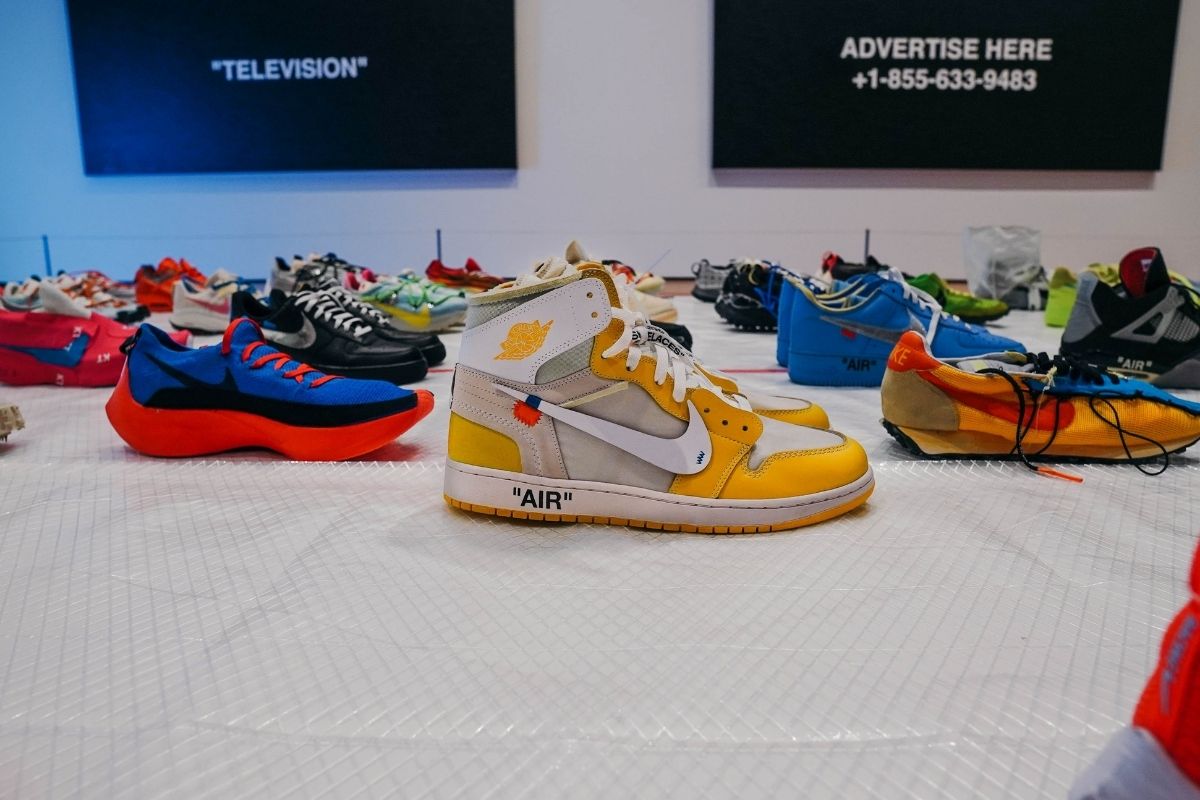Sneakerhead Talk: Sneakers and Personal Identity
Sneakerhead culture has significantly grown since the 1980’s. As music and sports embraced sneakers, the industry’s influence on shaping the identity of its consumers has been visible. Whether it’s repping you’re hometown or your favorite sports team, sneakers have emerged as an visual way to express who you are. Russ Bengtson, sneaker writer and editor, spoke to Yellowbrick about how sneakerheads have found identity through sneakers.
Watch the full video to learn about:
- How sneakers can be a reflection of one’s personality.
- The impact NCAA sports has had on the sneaker industry.
- Brands’ ability to capitalize off of raising prices.
Sneakerhead Locale
“There has always been a bit of a split between East Coast and West Coast when it comes to sneakers. I grew up on Long Island in New York,” says Bengtson. “There has always been a lot of overlap between the two coasts, but you had shoes like the Chuck Taylors and the Nike Cortez that really make an impact on the West Coast.”
“The East Coast — especially New York — is different because a lot of people don’t have cars. Instead, your sneakers would really be where your status would come from. Maybe in California, you would get away with other things because you had a car. Your car would be your status,” Bengtson continued. “In New York, your shoes are your status. In this area, you’re dealing with subways and crowded streets. You gain respect from making sure your shoes don’t get stepped on and making sure your shoes don’t get taken. This doesn’t happen as often as it used to, but it was something significant. Shoes were something you’d protect and place quite a bit of value on.”
Team Love
“Before we talk about people, we have to talk about basketball programs, team colors, certain athletes being on certain teams, and how those things affect sneaker culture,” says Bengtson. “You would want powder blue Uptowns (Nike Air Force 1’s) because North Carolina was crushing teams. This was before the golden era, when everybody was rocking the starter jacket and the jersey, before the Mitchell & Ness phenomenon,” he explains. “Going back to my childhood, it was about watching North Carolina and Duke, watching UCLA, wearing the powder blue and maize, or any other colorway. It was about Boston College, wearing the burgundy and mustard.”
Although individual endorsements weren’t popular during this time, it was standard practice for college teams to have endorsements deals. As a result, teams and brands were closely affiliated. “North Carolina had the weapons and all of the emerging styles under Converse. Georgetown had the Hoya Nikes — the midnight blue with the smoke gray,” recalls Bengtson. “With college basketball teams, you had the particular colors of their uniforms all the way to brand Jordan. All of a sudden, you had these college teams’ colors on everybody’s feet around the way.”
The Price of Being a Sneakerhead
“When sneakers would get popular, it wasn’t always just because of who was wearing them. In some cases, it would even be about how expensive they were,” Bengtson remembers. “You can look at something like the Adidas Forum, which didn’t have any player associated with it. Players wore it, but it wasn’t necessarily a signature model. However, people still wanted it because of how expensive it was.”
For sneakerheads, price and exclusivity adds to allure. “A lot of these brands that didn’t necessarily make a lot of noise in other spaces were able to have an impact because of the price tag and because of the status that the shoe gave you, says Bengtson. “When it really comes down to it, in a lot of places, the sneakers you wear are a lot more meaningful than just being a pair of shoes. They say a lot about what you value and what you identify with, and they have a real effect on the way other people view you.”
You can learn more about the history and future of the sneaker industry by exploring Yellowbrick’s Sneaker Essentials online course.

